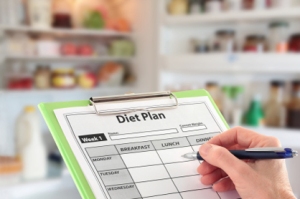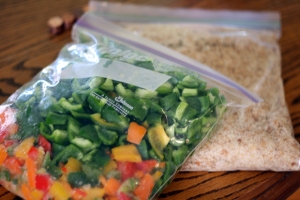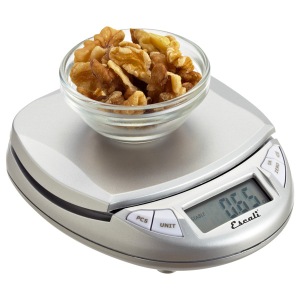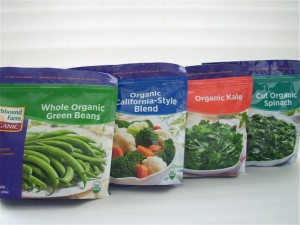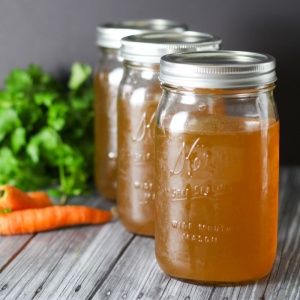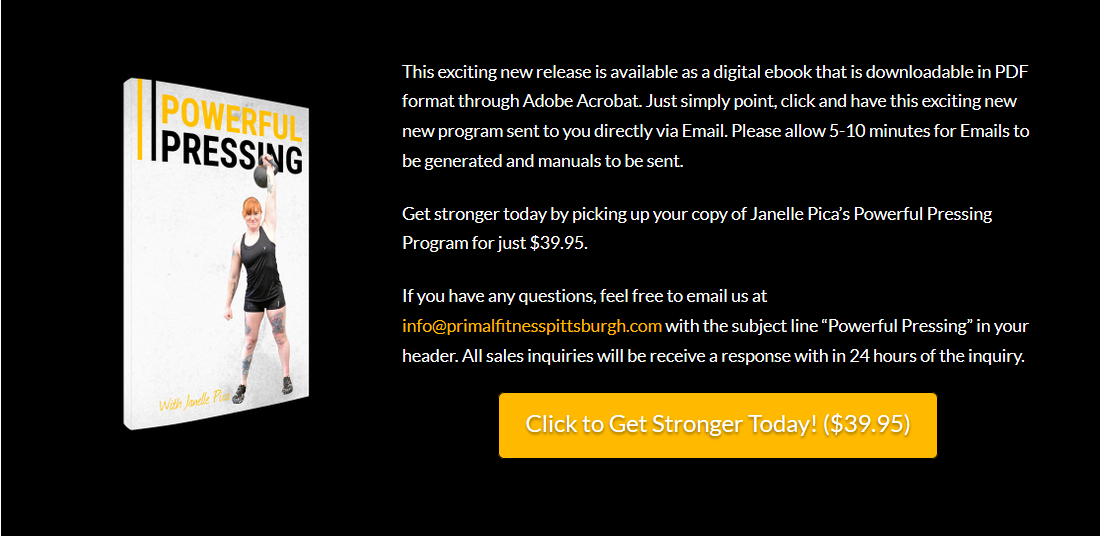|
I think that one of the most intimidating components of adjusting to a real food diet – whatever that diet may be – is the idea of eating mostly food with just a single ingredient. This means you are in charge of turning those ingredients into complex dishes. The knowledge, cooking, and preparation are no easy feat to tackle. But I digress. What I want to talk about is food waste. If you’re coming from eating a lot of packaged, processed foods into eating healthy, you have a new battle; that food goes bad! Not only is waste a huge problem in and of itself, but you end up losing out on money too. If you’re sick of going to cook a healthy dinner only to be disheartened by the slimy greens and moldy cheese, I’ve got a few tricks up my sleeve to share with you. 1. Make a meal plan When you make a meal plan at the beginning of the week, you can better gauge exactly what you’re eating on what days. This will also make shopping for ingredients easier. If you stick to the list, everything you purchase will have a purpose. 2. Don’t kid yourself How many times do you pick up that healthy food that you should be eating only to let it wilt away in the back of the fridge? You know, the veggie you subconsciously push behind the rest of the food because you almost know there’s no chance you’re touching it. If you’re throwing away the same product week after week because it’s going to waste, quit buying it altogether. In the same vein, shop appropriately for your size and appetite. That Costco deal might seem too good to pass up, but do you really need 12 of *insert food item here*? Some of us aren’t feeding a village, so don’t shop like you are. 3. Freezer bags are your friend Refrigerating your leftovers is a great option if you’re actually eating them before their time is up. Solution? Not the trash can! Most foods will freeze pretty well which gives you an extra six months on those leftovers you just couldn’t stomach for the fourth night in a row. A quick rundown on freezing techniques:
4. Buy a food scale Food scales can be especially useful if it’s meat that’s going to waste in your house. With this, you can individually portion your meat so that a) you don’t cook too much at once and b) you can easily portion it in the freezer after purchasing. When I get home from the store, I always weigh out my ground meat in 1/4 lb. portions and wrap them in saran wrap individually. That way, I can grab one to defrost in the morning to have handy at night. The food scale helps to make sure I’m getting the most bang for my buck by assuring that I get four portions of food per pound of meat. 5. Use the crockpot Have a bunch of ingredients that you just don’t know where to begin with? Pick your protein, wash and chop the veggies, whip up a sauce or just use some stock, set it and forget it. Okay, so I may have simplified things, but this template generally works. Not only is it effective, but it’s pretty delicious too if you have a knack for flavor. If it’s going bad, slow cook it. If you don’t want to eat it, freeze it when it’s done. BOOM. Peace of mind is a thing. 6. Buy frozen veggies Some people have an aversion to frozen vegetables, and sometimes I don’t blame them. Have you ever tried to make a frozen brussels sprout edible? Yuck. Boiled brussels sprouts have no place in my life, and that’s okay. Some items, on the other hand, are just fine frozen if you prepare them right. Frozen produce is cheaper (for both conventional and organic), won’t spoil, and it’s perfectly fresh. You don’t lose out on any vitamins or nutrients when you choose frozen – you just eliminate wasted food and money. 7. Meal prep In the way of planning your menu and utilizing the crock pot, it might be best for you to just compile all the dirty work into one or two sessions of cooking. Take one day of the week to shop, cook, and store. Using your menu, see what should be stored in the fridge and what should be frozen for later. Cook up twice the amount that you specify on your meal plan so you can use the menu again next week or in a month. COOK UNTIL THERE IS NO MORE LEFT. Think of it like a game. Everyone likes games. 8. Know when it’s really time to say goodbye The expiration date isn’t always the single indicator of when a food has reached its end point. Here are a few guidelines to keep in mind while cleaning out the fridge:
9. Store smart Most produce will store best in airtight containers. This is especially true if you wash, cut, and prep your fruits and veggies ahead of time which reduce their lifespan a little bit. Don’t be lazy! Use bags and tupperware which allow you to organize and label in addition to giving your produce a fair chance at being eaten. 10. Make broth If you don’t have a compost, make broth instead. It’s like a compost contained in your freezer that you can turn into soup later. Take hard veggie scraps, herbs that are going bad, and bones and throw ’em in a plastic bag in the freezer. When the bag is full, place them in the slow-cooker and fill it with water. Set it to low for 12 hours and strain. Voila! You will have delicious, nutrient-dense broth for all your cooking needs. Hint: you can then freeze the liquid! If you implement these new rules in your kitchen, you’re bound to get the most of your money and your food. It feels good to be resourceful, especially while eating healthy. Little habits and tricks add up over time, so make it a goal to eliminate food waste in your home starting today. Master your instincts! |
